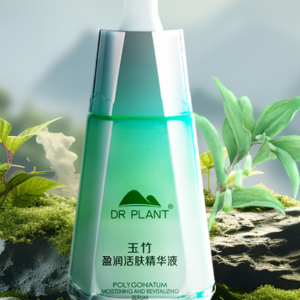[ad_1]
Shingles is still underestimated by many. The Shingles Health Week (February 27 to March 5, 2023) aims to help more people learn about the risks of the disease. Find out more here about how the disease manifests itself, why shingles should be treated quickly after the first symptoms – and how you can protect yourself.
The general need for information about the serious infectious disease is increasing, as shown by the latest online search trends. Shingles is a viral infection that often causes a painful, burning rash at first but can lead to long-lasting nerve pain as the disease progresses. 1 in 3 people will get shingles in their lifetime. In Germany alone, around 400,000 cases are registered every year.
Elderly people are particularly at risk: More than 95 percent of adults carry the varicella-zoster virus, the causative agent of shingles, after an earlier infection with chickenpox – usually in childhood.¹
The virus belongs to the herpesvirus family. After chickenpox, the varicella-zoster virus remains in the nervous tissue of the body and never goes away completely. It is dormant but can be reactivated later in life. Because unlike chickenpox, shingles is not triggered by contact with chickenpox or shingles patients, but by a reawakening of the viruses remaining in the body. The main cause here is the weakening immune system due to age, but also stress and illness. This can reactivate the pathogen and trigger shingles.
Misdiagnosis makes targeted treatment difficult
The symptoms of shingles are initially rather non-specific. Tiredness, body aches, general malaise or a slight fever are often mistaken by patients and doctors for a cold or an impending flu. Shingles is only considered after a few days – usually only on one side of the body – when the skin rash typical of shingles as well as burning pain and itching appear on the affected parts of the body. Then it is imperative to see a doctor quickly. Sometimes, however, these clear symptoms do not appear, which makes it difficult to make a quick and timely diagnosis.
Shingles: a disease with underestimated consequences
If possible, shingles should be treated within 72 hours of the onset of symptoms to reduce the risk of complications and complications. Up to 30 percent of those affected currently experience long-lasting complications such as chronic nerve pain (post-herpetic neuralgia, PZN for short) after acute shingles disease, which can make normal everyday life impossible for a long time – sometimes even for life. If shingles appears on the face, vision or hearing loss are also possible. In addition, the risk of heart attack and stroke is increased for a certain time. The risk of complications increases significantly with age, especially after the age of 70.²
Is shingles contagious?
After-effects of shingles can reduce the quality of life
© Adobe Stock
Shingles is contagious – but only for people who have never had chickenpox. The infection then initially only leads to chickenpox, not to shingles. The viruses are not transmitted by droplets excreted into the air when you breathe, cough, sneeze, or speak. Only the fluid in the shingles blisters is contagious. Therefore, the main transmission path here is the smear infection, especially via the hands.
Shingles vaccination as an effective preventive measure
© Shutterstock
The Standing Vaccination Commission (STIKO) recommends a preventive vaccination against shingles for all people over the age of 60.³ The health insurance companies cover the costs for this. For people with underlying conditions such as As diabetes, rheumatoid arthritis, asthma or COPD, vaccination is recommended from the age of 50.
Shingles – the most important facts
- Shingles is caused by the causative agent of chickenpox
- Anyone who has had chickenpox can get shingles
- The disease can occur repeatedly
- Every third person gets shingles⁴ over the years
- The greatest risk of shingles is in people over the age of 60
- The course of the disease can be extremely painful
- Shingles can have serious long-term effects
Protect yourself against shingles – let your doctor advise you on your preventive care options. More information at impfen.de/shingles
Brought to you by GSK.
NP-DE-HZU-ADVR-230010; 02/23
Sources:
¹ Wutzler et al. 2001; Vaccine 20:121-124.
² Harpaz R et al. MMWR Recomm Rep 2008; 2. Kimberlin DW, et al. New Engl J Med 2007;356:1338-43.
³ RKI: EpiBul 18/2020.
⁴ Hillebrand K; Journal of infection; 2015;70;178-186.
[ad_2]
:format(webp)/images/5ec23783/866f/4af4/92e1/e31cb0c5079a_1675942046590.jpg)
:format(webp)/images/9eab0d3f/37ab/420e/b507/d043d1659ba9.jpg)


